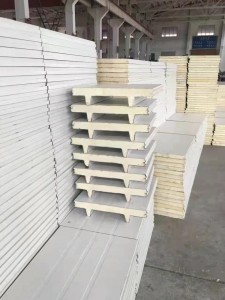As winter approaches, we must take proactive steps to keep our homes warm and comfortable. However, one area that is often overlooked when it comes to winter protection is sliding doors. These doors can easily freeze, which not only affects their functionality but also increases the risk of damage. In this blog, we’ll share some basic tips and tricks on how to prevent your sliding doors from freezing, ensuring you have a worry-free winter.
1. Weatherstripping:
The first step in preventing ice on your sliding door is to install weatherstripping. This involves using self-adhesive weatherstripping on the door frame. Weatherstripping prevents cold air from seeping into your home and seals any gaps or cracks that could allow moisture to freeze on the surface of the door. Invest in high-quality weatherstripping material and ensure it is installed correctly for best results.
2. Lubricate the track:
Smooth-rolling sliding doors are less likely to freeze in the winter. Lubricating the tracks with a silicone-based lubricant will minimize friction and allow the door to slide easily. Avoid oil-based lubricants as they attract dirt and grime, which may cause more problems in the long run. Apply lubricant to the tracks and rollers regularly to maintain optimal performance throughout the winter.
3. Install the thermal tape:
If you live in an area with extremely cold temperatures, consider installing thermal tape along the bottom edge of your sliding door. Heating tape is an electric heating element that can be easily fixed to the door frame. It helps prevent freezing by generating heat and melting ice that may accumulate. However, you should be careful when using heating tapes to avoid safety hazards. Follow the manufacturer’s instructions carefully and make sure the tape is secured correctly.
4. Door insulation:
Another effective way to prevent your sliding doors from freezing is to add insulation. You can add an extra layer of protection from the cold with window film or insulated curtains. This will help retain heat in your home and minimize the possibility of ice forming on your sliding door. Additionally, consider using draft stoppers or door sweeps to seal the gap between the floor and door.
5. Clear ice and snow:
Regularly remove any ice or snow that may have accumulated on or around your sliding doors. This not only prevents ice from forming, but also avoids potential damage to the door or its components. Use a snow brush or shovel to remove snow from the entry area to ensure unrestricted movement of the sliding door. Also, if the door is frozen, do not force it open as this may cause further damage. Instead, use a hair dryer on low heat to gently defrost the door.
By taking these simple yet effective measures, you can prevent your sliding doors from freezing during the winter. Implementing weatherstripping, lubrication, heat tape, insulation, and regular maintenance will help ensure smooth operation and protect against freezing temperatures. Remember, a well-maintained sliding door not only enhances the aesthetics of your home but also provides optimal functionality year-round. Stay comfortable and worry-free this winter with these prevention tips for sliding doors.
Post time: Sep-23-2023

